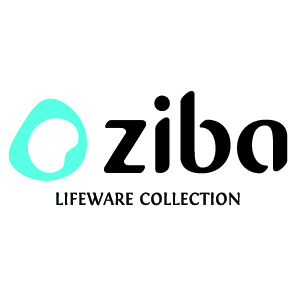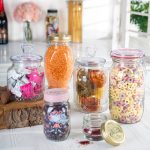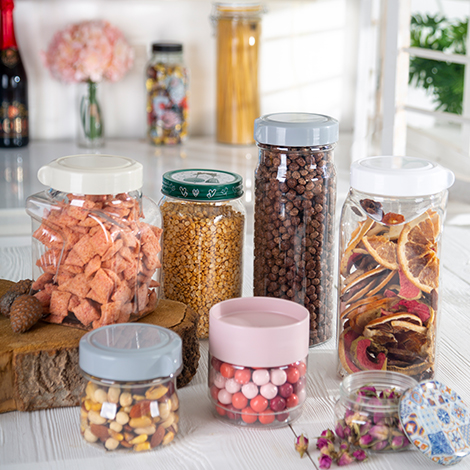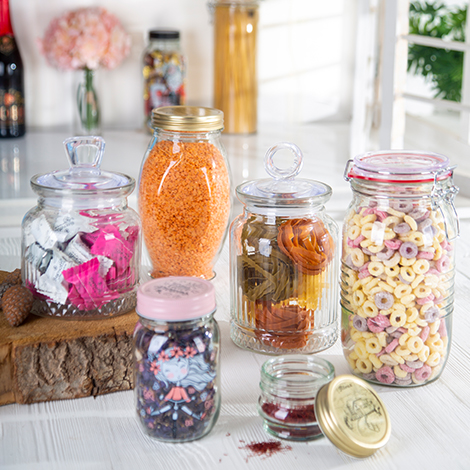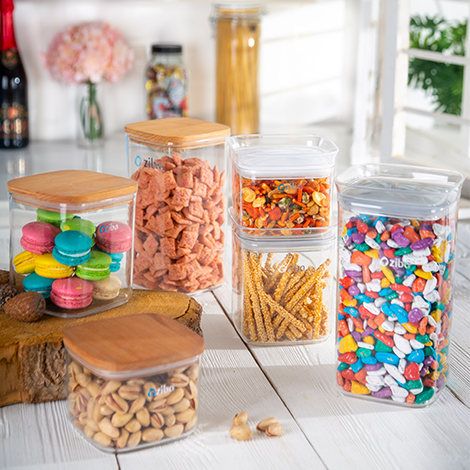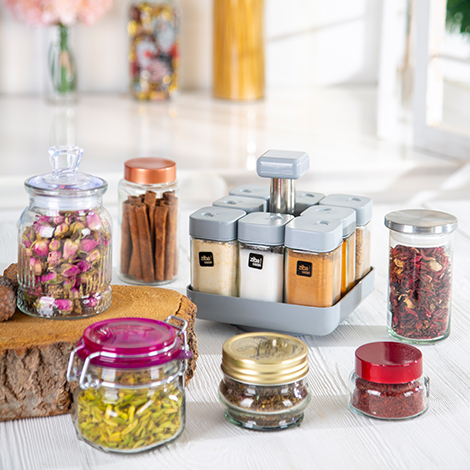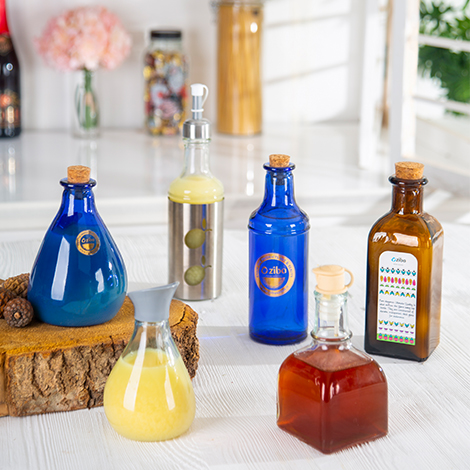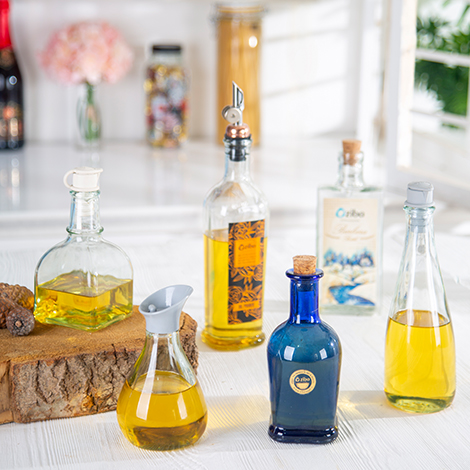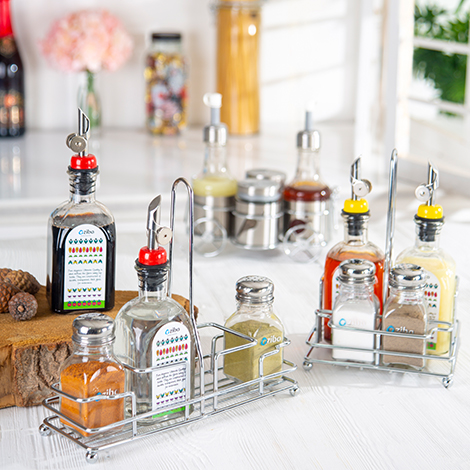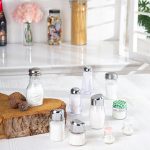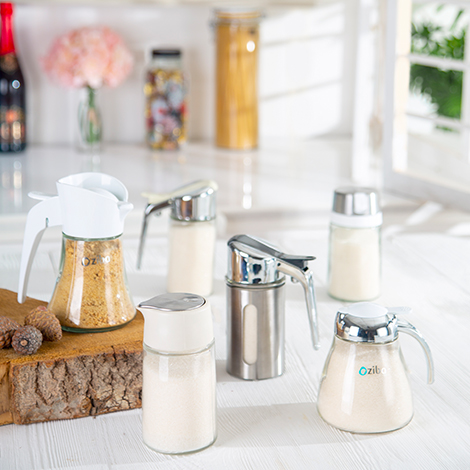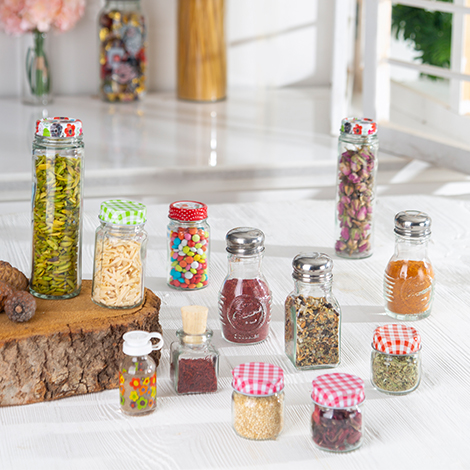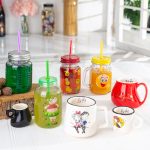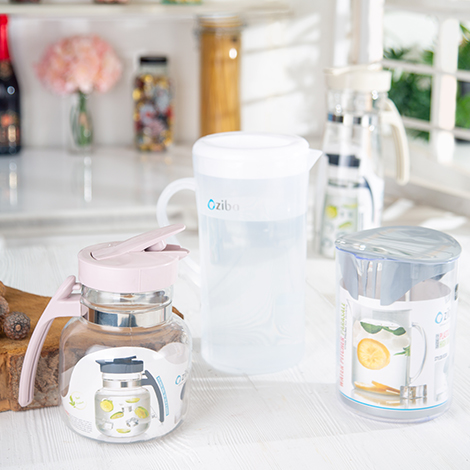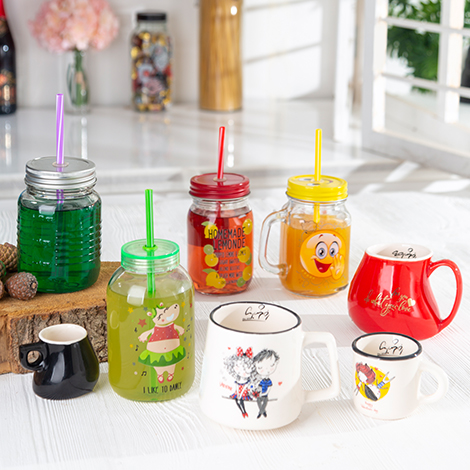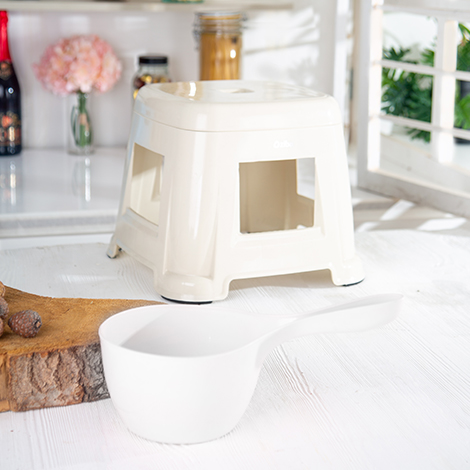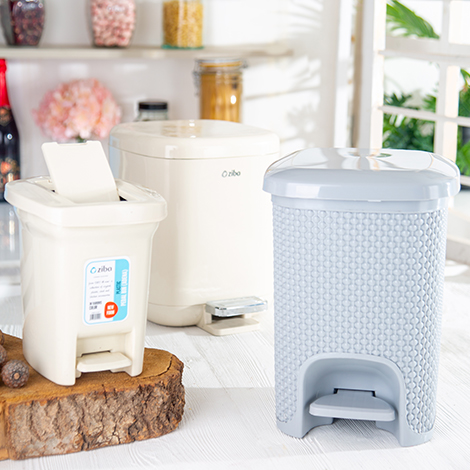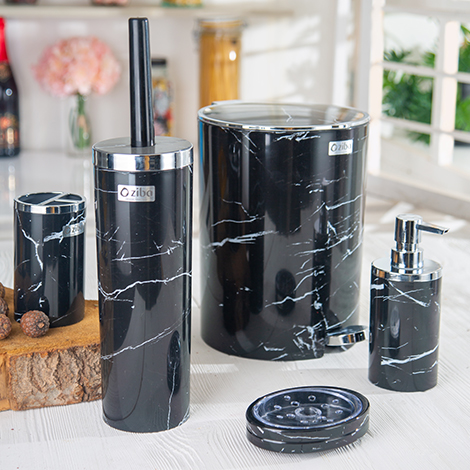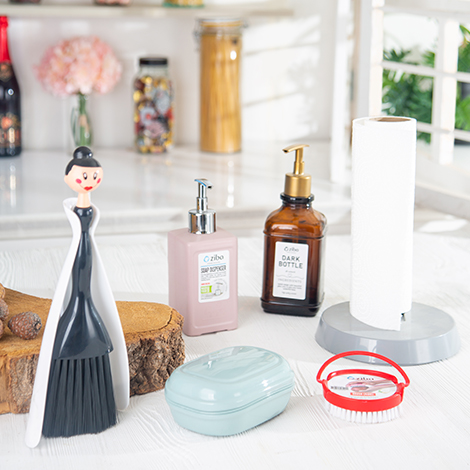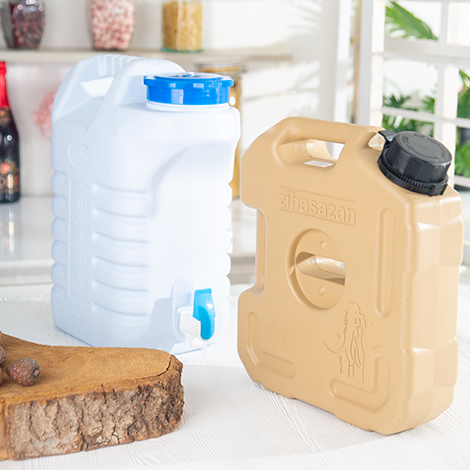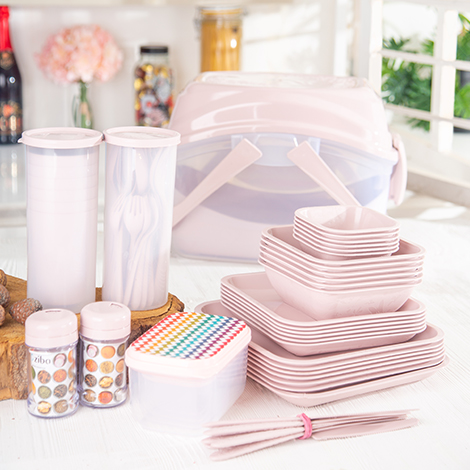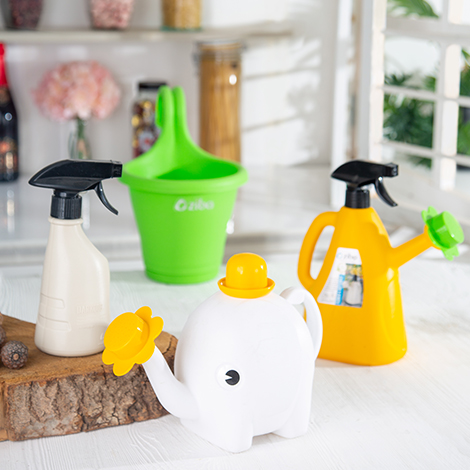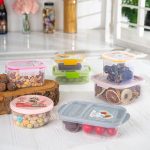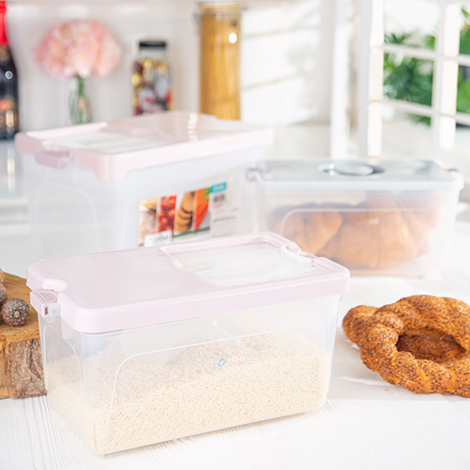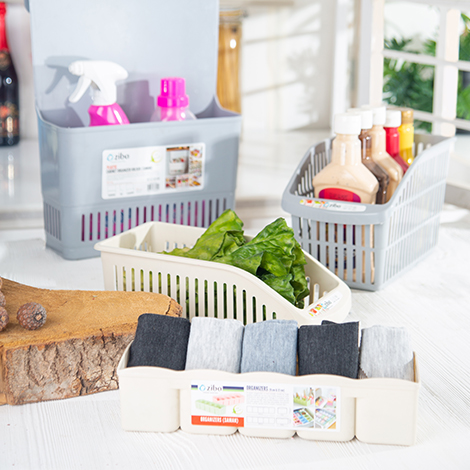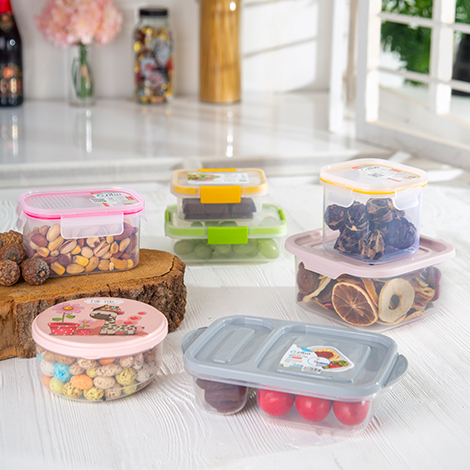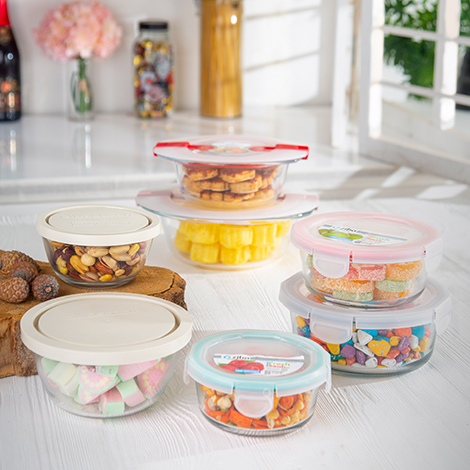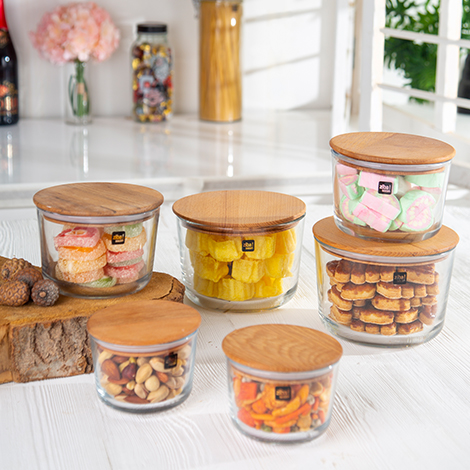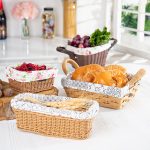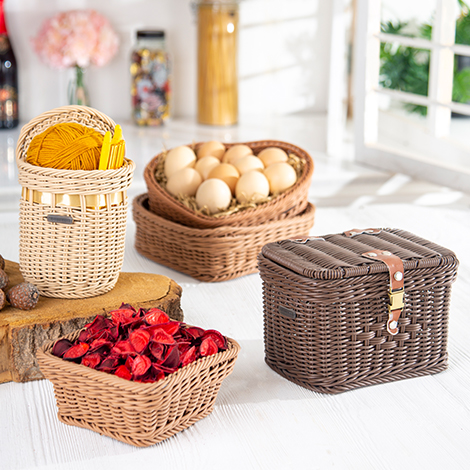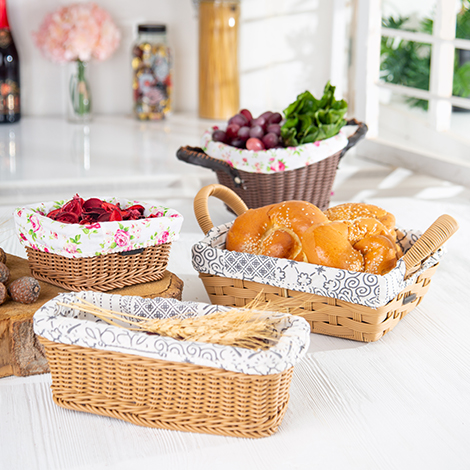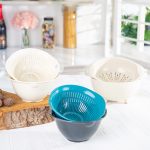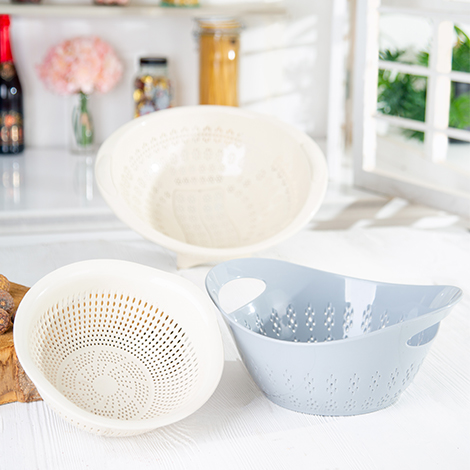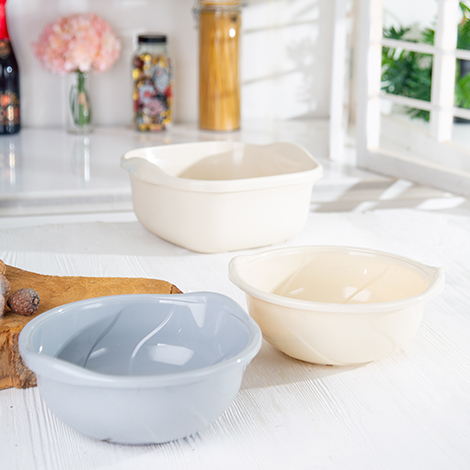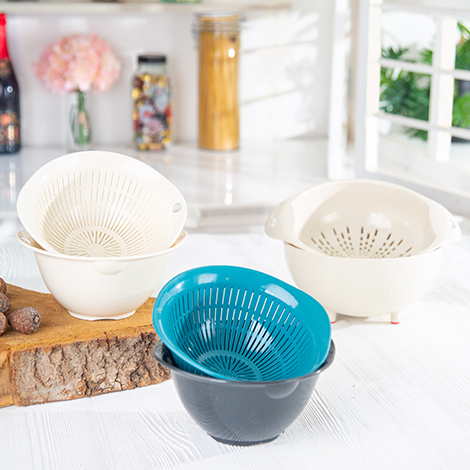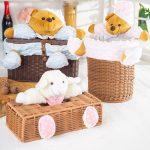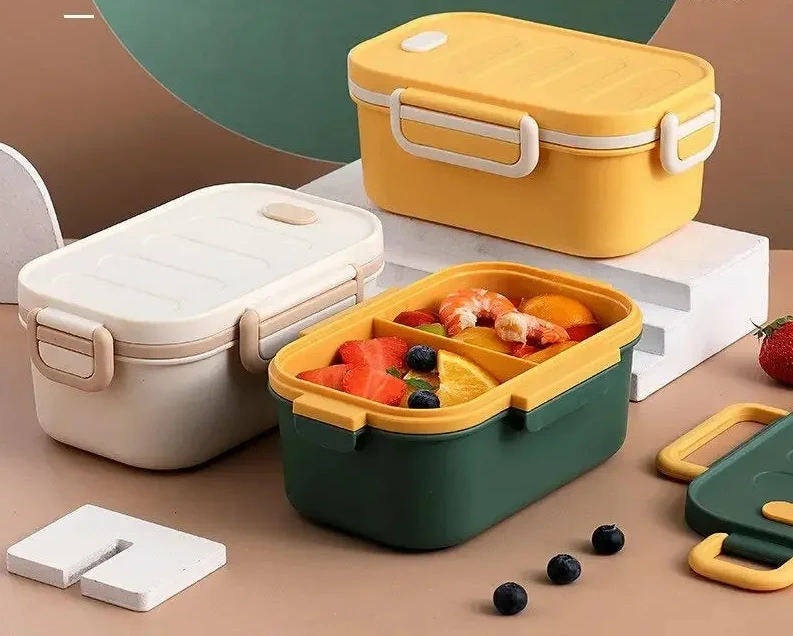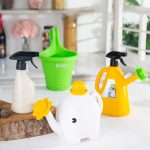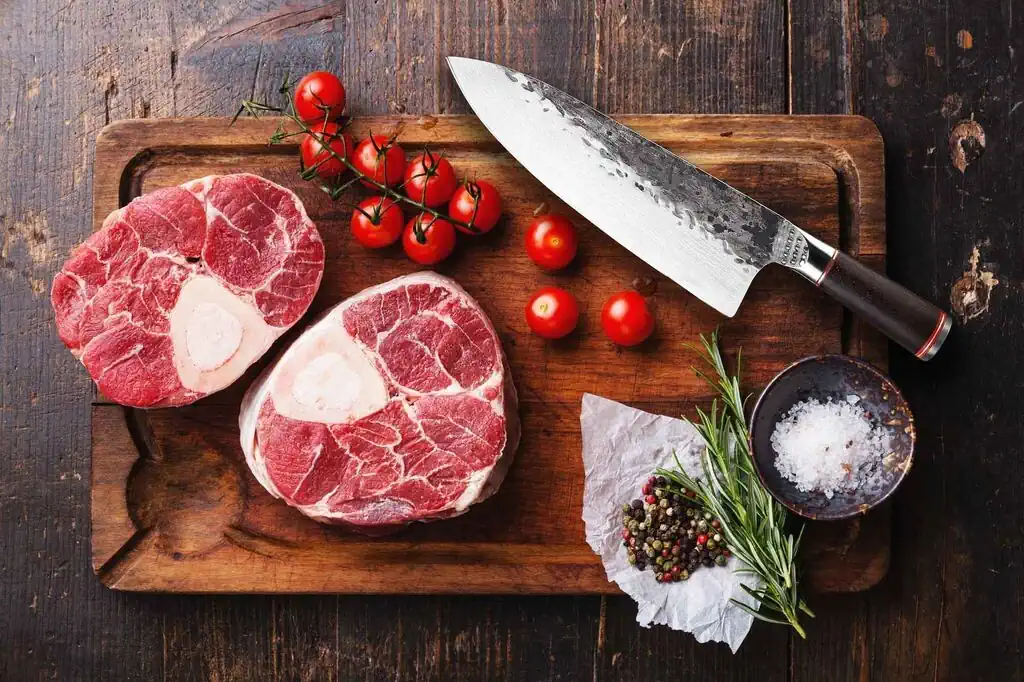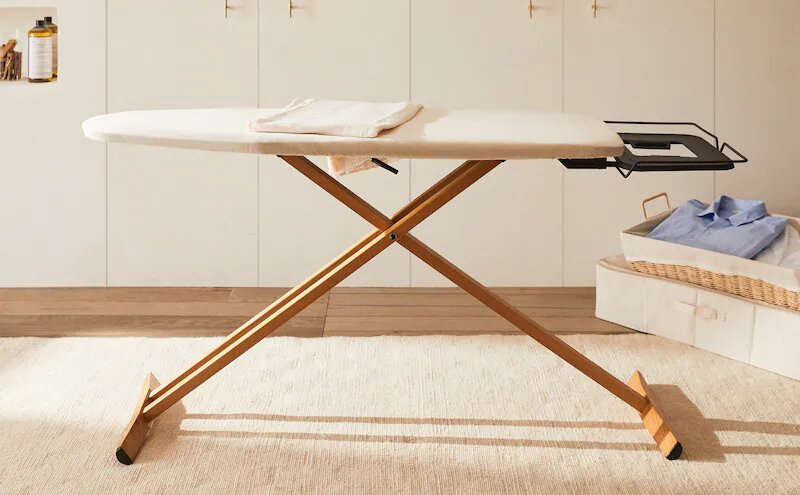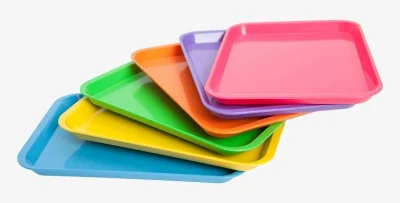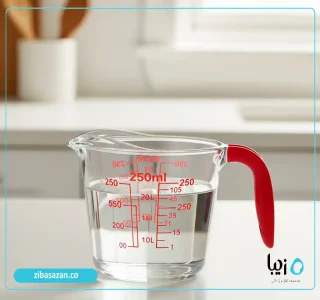Have you ever followed a recipe only to be disappointed with the final result? Maybe the flavor wasn’t quite right, or the texture of your baked goods wasn’t as perfect as expected. One of the most common reasons for such mishaps is inaccurate measurement of ingredients.
Cooking—especially baking—is a precise art that relies heavily on accurate, standardized measurements. That’s where measuring cups come into play. These simple yet incredibly useful tools not only help you follow recipes more precisely, but also ensure consistent, flawless results every time.
In this comprehensive guide, we’ll explore different types of measuring cups, compare their features, and help you choose the best set for your kitchen needs. Let’s unlock the secrets to accurate and professional-level cooking!
فهرست مطالب
- 1 What Is a Measuring Cup and Why Is It Important?
- 2 Why Accurate Measurement Matters
- 3 Types of Measuring Cups by Material and Design
- 4 Plastic vs. Metal vs. Glass Measuring Cups: A Comparison
- 5 Choosing the Right Measuring Cup for Your Cooking Style
- 6 Pros and Cons of Each Measuring Cup Type
- 7 How to Use Measuring Cups Properly
- 8 Care and Maintenance Tips
- 9 Top Measuring Cup Features to Look for
- 10 How to Prevent Foods from Getting Smelly in Freezer Containers: Practical and Easy Tips
- 11 Wall-Mounted vs. Freestanding Soap Dispensers: Which is Better for Your Home and Workplace?
- 12 Plain or Patterned Plastic Sets; Which is Better for a Trousseau?
- 13 Can I pour hot water into a plastic spray bottle? Safety tips and warnings
- 14 The best waterproof, durable, and incredibly practical plastic bathroom organizers!!!
What Is a Measuring Cup and Why Is It Important?
A measuring cup is a kitchen tool used to measure exact amounts of dry or liquid ingredients. Standard sets typically include measurements like ¼ cup, ⅓ cup, ½ cup, and 1 cup for dry ingredients, and milliliters or cups for liquids.
Why Accurate Measurement Matters
- Consistent Results: Accurate measuring ensures that each time you repeat a recipe, you achieve the same delicious outcome. This consistency is crucial for both professional chefs and home cooks.
- Precise Reactions: In baking, ingredients interact chemically in specific ratios. Even a slight deviation can affect the texture, taste, and appearance of the final product.
- Less Waste: Precise measuring minimizes ingredient waste and ensures you use just the right amount.
Types of Measuring Cups by Material and Design
Measuring cups come in a variety of materials and styles, each with its own pros and cons. Your choice will depend on your budget, preferences, and cooking habits.
Plastic Measuring Cups
- Pros: Lightweight, affordable, break-resistant, available in many colors and designs.
- Features: Often sold in a set attached by a ring; some have narrow spouts for easy pouring.
- Best For: Everyday use and measuring dry and liquid ingredients in small quantities.
Stainless Steel Measuring Cups
- Pros: Extremely durable, rust-resistant, doesn’t absorb odors or colors, professional appearance.
- Features: Usually come as a set linked by a ring; engraved measurements that don’t wear off.
- Best For: Precision measuring, frequent use, both dry and sticky ingredients.
Glass Measuring Cups (Measuring Bowls)
- Pros: Hygienic, transparent for easy reading, heat-resistant, microwave and dishwasher safe.
- Features: Typically have a handle and spout; graduated in milliliters, cups, and sometimes ounces.
- Best For: Measuring and heating liquids, mixing ingredients.
Plastic vs. Metal vs. Glass Measuring Cups: A Comparison
| Feature | Plastic | Stainless Steel | Glass (Measuring Bowl) |
| Durability | Scratch-prone, unbreakable | Highly durable, corrosion-resistant | Fragile, heat-resistant |
| Accuracy | Good (may fade over time) | Excellent (engraved marks) | Excellent (clear visibility) |
| Weight | Lightweight | Medium | Heavy |
| Hygiene | May absorb odors/colors | Very hygienic | Very hygienic |
| Price | Low | High | Medium to High |
| Microwave Safe | Some BPA-free models | No | Yes |
Choosing the Right Measuring Cup for Your Cooking Style
For General Daily Cooking
Opt for a good-quality plastic or stainless steel set. They’re great for dry ingredients like flour, sugar, and spices, and even for liquids in smaller amounts. Easy to clean and store, they’re ideal for daily use.
For Baking and Precision Cooking
Choose stainless steel measuring cups for dry ingredients and a glass measuring cup for liquids. The engraved marks and durability of metal cups ensure long-term accuracy, while glass cups provide clear visibility for liquids. Using both together offers the highest level of precision.
Pros and Cons of Each Measuring Cup Type
Plastic Cups: Great for Dry Ingredients
- Pros: Lightweight, wide mouths make leveling easy.
- Cons: Sticky ingredients (like peanut butter) can cling to them; may absorb odors or discolor over time.
Stainless Steel Cups: Ideal for Sticky and Hot Ingredients
- Pros: Smooth, non-stick surface allows sticky substances to slide out easily; highly durable and heat-tolerant.
- Cons: Heavier than plastic; may bend if dropped or mishandled.
Glass Cups: Perfect for Liquids
- Pros: Transparent for easy reading, microwave-safe, and heat-resistant.
- Cons: Fragile; not ideal for scooping large volumes of dry ingredients.
How to Use Measuring Cups Properly
Using measuring cups correctly is just as important as choosing the right type.
Measuring Dry Ingredients
- Fluff: Lightly stir the ingredient to aerate it.
- Spoon: Gently spoon the ingredient into the cup without packing.
- Level: Use a flat edge (like a knife) to level off the top.
Measuring Liquid Ingredients
- Flat Surface: Place the cup on a flat, level surface.
- Eye Level: Check the measurement at eye level—not from above or below—to avoid parallax error.
- Slow Pour: Pour slowly to reach the exact mark.
Care and Maintenance Tips
Proper care increases the lifespan of your measuring cups and maintains accuracy.
Cleaning
- Hand Washing: Recommended for plastic and stainless steel. Avoid abrasive sponges.
- Dishwasher: Suitable for most glass and stainless steel cups. Check plastic cups for dishwasher safety.
- Drying: Ensure complete drying to avoid bacteria, especially for metal cups to prevent rust.
Storage
- Drawer or Hook: Sets with rings can be stored in drawers or hung on hooks.
- Avoid Heat: Keep plastic cups away from direct heat sources.
Top Measuring Cup Features to Look for
When shopping for measuring cups, especially in Iran’s diverse market, consider the following:
- Clear, Accurate Markings: Prefer engraved or high-quality printed measurements.
- BPA-Free Plastic or Food-Grade Steel/Glass: For safety and durability.
- Ergonomic Design: Comfortable handle and easy-pour spout.
- Complete Sets: Should include all standard sizes (¼, ⅓, ½, 1 cup) and spoons (¼ tsp to 1 tbsp).
FAQs About Measuring Cups
Can I use regular kitchen spoons instead of measuring spoons?
No. Standard measuring spoons are calibrated, while regular cutlery varies in size and can lead to inaccurate results.
What’s the best type of cup for sticky ingredients like honey?
Stainless steel cups are best. Their smooth surface prevents sticking. You can also lightly grease the cup before use.
Can measuring cups be used to weigh ingredients?
No. Measuring cups measure volume, not weight. Different ingredients have different densities, so for exact weight, use a kitchen scale.
A measuring cup is an essential tool in every kitchen, helping you cook more accurately and achieve consistently great results. By understanding the types, benefits, and correct usage, you can choose the perfect set for your needs.
Whether you’re a seasoned chef or just starting out, investing in a quality measuring cup set is a smart move for improving your culinary skills.
Zibasazan, a trusted brand with years of experience in high-quality kitchenware, offers a variety of plastic measuring cups and other practical containers. With Zibasazan, you can count on precision, durability, and ease in your cooking journey.
